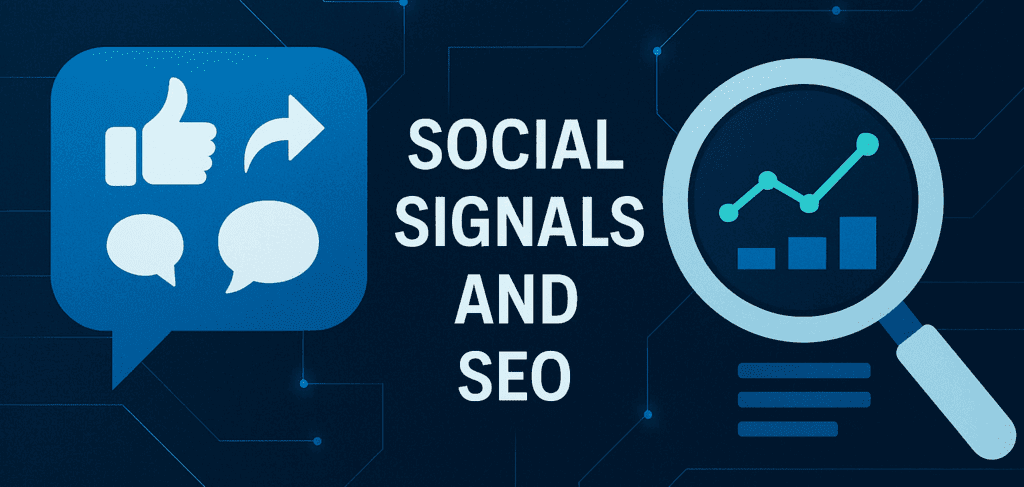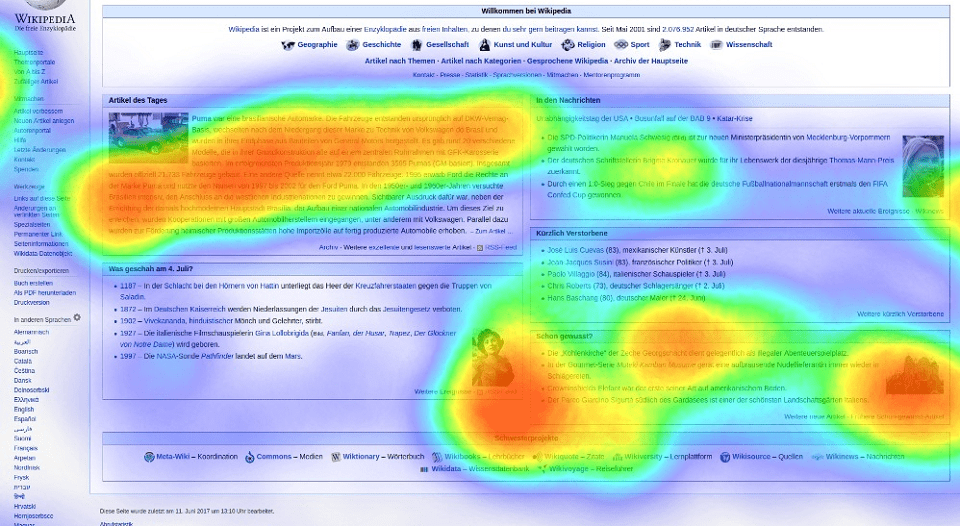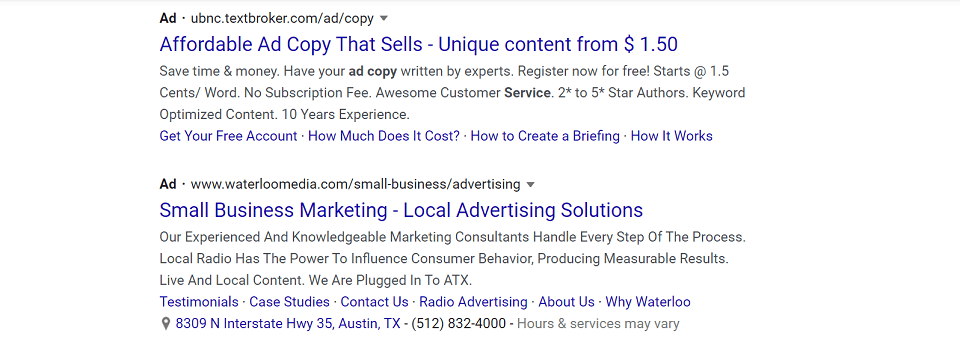Before we get started with analyzing the ties between social signals and SEO, let’s first state a key point: Social media doesn’t directly impact search rankings.
Google doesn’t count likes, shares, or comments as a ranking factor.
But that doesn’t mean there’s absolutely zero influence over search visibility. Far from it.
Social engagement fuels the signals that search engines do value: visibility, relevance, backlinks, and authority.
These signals form the foundation of long-term SEO performance, especially now that AI systems factor audience behavior into how they surface your content.
What Social Signals Actually Mean
Social signals are the measurable actions which show that real people are interacting with your content.
They include:
- Likes, shares, and saves on Facebook, Instagram, and LinkedIn
- Retweets and quotes on X
- Comments on posts and threads
- Upvotes on Reddit
- Pins on Pinterest
Each signal is a public vote of confidence.
It shows that your message connected with someone enough for them to respond or share it.
That human activity has ripple effects far beyond the platform itself.
How Social Signals Influence SEO
Social signals don’t flow into Google’s ranking algorithm directly.
But they set off a chain of events that search engines do reward.
1. Visibility and Discovery
High engagement gets your content in front of more people.
That wider reach means more clicks, searches for your brand name (i.e. brand awareness), and repeat visitors, all positive SEO signals.
2. Traffic and Engagement Quality
Social posts that attract attention can also drive traffic to your website.
Once those visitors arrive, they contribute to engagement metrics like dwell time, pages per session, and return visits.
Those behaviors will help reinforce your website’s perceived value for Google and the other search engines.
3. Backlink Potential
Great content that travels widely across social media can catch the eyes of journalists, bloggers, and niche experts.
When they cite or reference your content, you gain backlinks, which is the strongest off-page ranking factor there is.
4. Brand Authority
A visible, respected social presence will reinforce your brand credibility.
When people repeatedly see your brand in their feeds, the familiarity it gives them will eventually convert into trust.
And trust converts into clicks and shares.
Together, these effects form a loop.
Social activity drives awareness, awareness drives traffic, and traffic invites backlinks and engagement to elevate SEO performance.
How AI Changes the Equation
AI is now part of every discovery ecosystem.
From Google AI Overviews and rich snippers to conversational search platforms / LLMs like ChatGPT and Perplexity, algorithms don’t just evaluate text.
They interpret context, consistency, and trustworthiness.
When your content earns engagement across social channels, AI models pick up those cues.
Mentions, shares, and audience reactions help reinforce that your brand has real-world credibility and topical relevance.
The more people engage with your insights online, the more likely AI systems are to associate your brand with expertise and visibility.
That’s why social signals now influence AI discoverability in addition to organic SEO.
Practical Ways to Strengthen Your Social Signals
If you want your social presence to support SEO, focus on authentic engagement and consistent value.
Here’s how:
1. Publish content worth sharing
Create posts that educate, challenge, or inspire your audience.
Mix formats, such as videos, visuals, quotes, and data-backed insights.
Content that earns a reaction will earn natural social shares.
2. Engage directly with your audience
Don’t treat social as a broadcast tool.
Ask questions, reply to comments, and acknowledge people who interact with your posts.
Every response signals activity and relevance to both algorithms and followers.
3. Match content to each platform
Each platform rewards different behavior, for example:
- Visuals perform best on Instagram and Pinterest
- Insight-driven threads thrive on X and LinkedIn
- Short video stories build reach fast on TikTok
Adapt your content to fit where your audience already spends time.
4. Build authentic partnerships
Collaborate with creators, micro-influencers, and thought leaders in your niche.
Their engagement introduces your content to new audiences and can accelerate link opportunities.
5. Stay consistent
You don’t need to post daily, but you do need to stay visible.
Consistency keeps your audience warm and ensures that the algorithms continue surfacing your updates.
6. Measure and refine
Track engagement metrics like shares, saves, referral traffic, and mentions.
Identify which content themes spark the most reactions and double down on those.
Over time, you’ll see a pattern. Things that resonate socially also tend to perform best in organic search.
The Connection Between Social Proof and Search Trust
Search engines don’t “see” a like or a retweet the way users do.
But they recognize the broader picture of brand popularity and credibility.
If thousands of people engage with your content, algorithms interpret that as validation.
When combined with a strong backlink profile and optimized content, it signals that your domain deserves visibility for relevant queries.
Social proof strengthens all the signals that matter for authority and trust.
It bridges the gap between content marketing, SEO, and audience connection.
These are the very things AI now tries to model.
The Human + AI Opportunity
Your human creativity still drives the story. AI can help refine and scale it, but engagement starts with emotion.
When you combine human insight with AI-assisted analytics (identifying patterns, predicting engagement timing, and optimizing content mix), you’ll create a feedback loop that strengthens both visibility and performance.
Social signals sit at the intersection of that loop.
They show what connects with people, which tells AI what to promote, which brings more people to your brand.
It’s the Human + AI cycle in action.
Final Takeaway
Social signals don’t directly influence rankings.
However, they DO shape every input that does: traffic, backlinks, awareness, and authority.
In today’s AI-driven landscape, engagement across social channels helps define which brands rise above the noise.
Treat social signals as more than vanity metrics.
They’re a mirror of how real people respond to your message.
When that reflection aligns with value, authenticity, and consistency, both search engines and AI systems are sure to take notice.
Frequently Asked Questions About Social Signals and SEO
Tommy Landry
Latest posts by Tommy Landry (see all)
- Social Signals and SEO: Why Engagement Still Matters in the AI Era - November 18, 2025
- SEO for Wineries: How to Attract Visitors and Boost Wine Sales - November 11, 2025
- What to Look for in an SEO Retainer Contract - November 4, 2025





